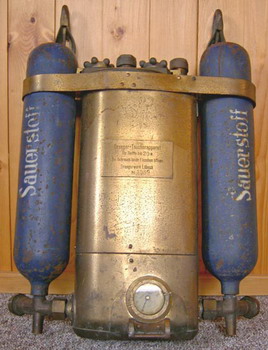
by Jan Willem Bech | Database OX GER
de Dräger Misch Gas Gerät DM20 und DM40 In 1909, Dräger developed a series of hoseless helmet diving systems known as the Gurtel Taucher Apparat the DM20 and the DM40 diving apparatus. The Gürtel Taucher Apparat is described here. The DM20 is a system intended for...
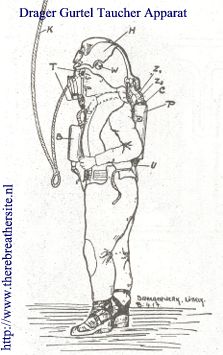
by Jan Willem Bech | Database OX GER
de Gürtel-Taucher-Apparat or Pionier tauchgerät The Draeger Gurtel Taucher Apparat is made for dives up to a depth of 20 metres. The standard model TG-1 was made for dives up to 1 hour while model TG-2 was made for the same depth but for 2-hour dives. Besides these...
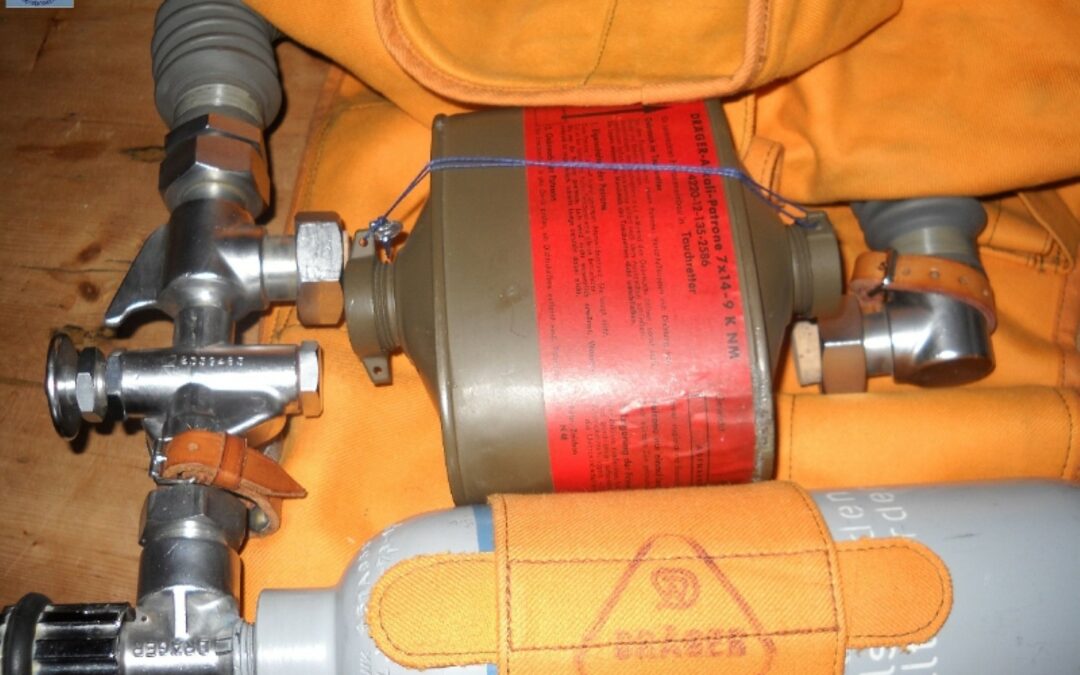
by Jan Willem Bech | Database OX GER
de The Dräger TR60, tauchretter The Tauchretter TR60 is, in the series of tauchretter developed over the years, the first to use a Nitrox mix EAN 50, allowing it to be used at greater depths. In the TR series, the TR60 is a device with pendulum breathing, i.e. the...
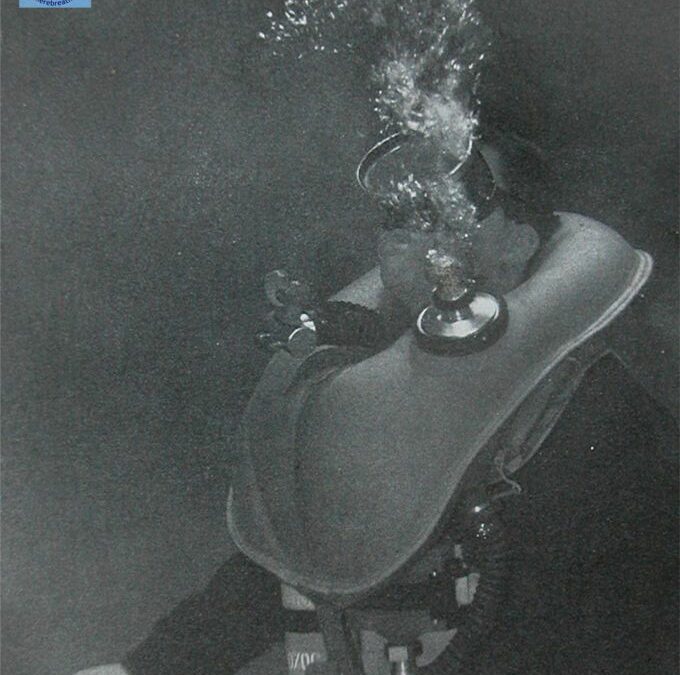
by Jan Willem Bech | Database OX GER
de The Dräger TR66, tauchretter The tauchretter TR66 belongs in the range of tauchretters TR60, TR66 and TR75. The TR66 is a semi-closed system which uses a nitrox 50 mixture. The unit is specified for depths of up to 40 metres. As part of the mixture escapes through...

by Jan Willem Bech | Database OX GER
de The Norwegian 1957 Norge I Starting in 1957, Dräger, responding to a request from the Norwegian Navy, developed a variant of the successful “Lieutenant Lund II.” This new version, named the “NORGE,” was designed by Gerhard Haux, an engineer in Drägerwerk’s...
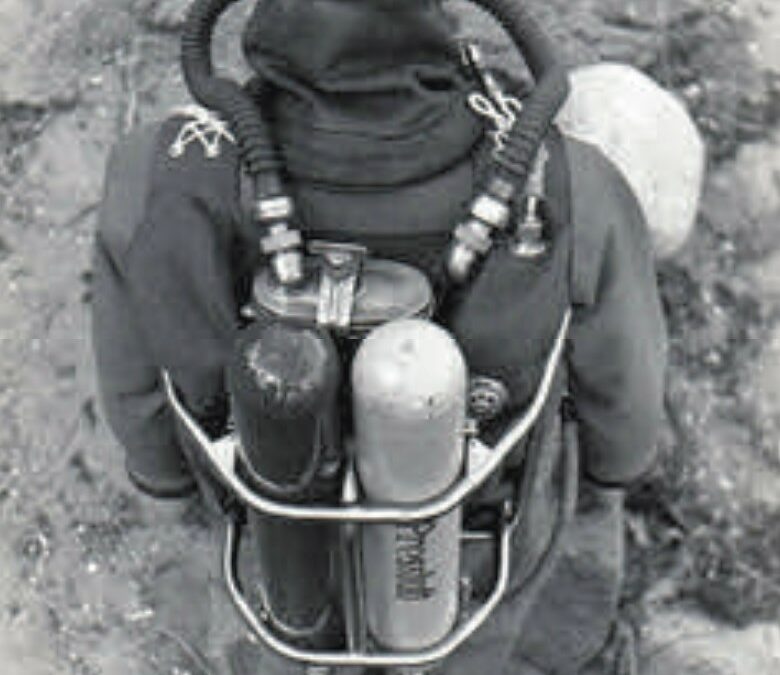
by Jan Willem Bech | Database OX GER
de “Lieutenant Lund“ This fantastic article about the history of the Lt Lund I and Lt Lund II and Lt Lund III rebreather is written and published by Helmut Knüfermann. It is with great pleasure that I am able to offer the readers of my website this fantastic...
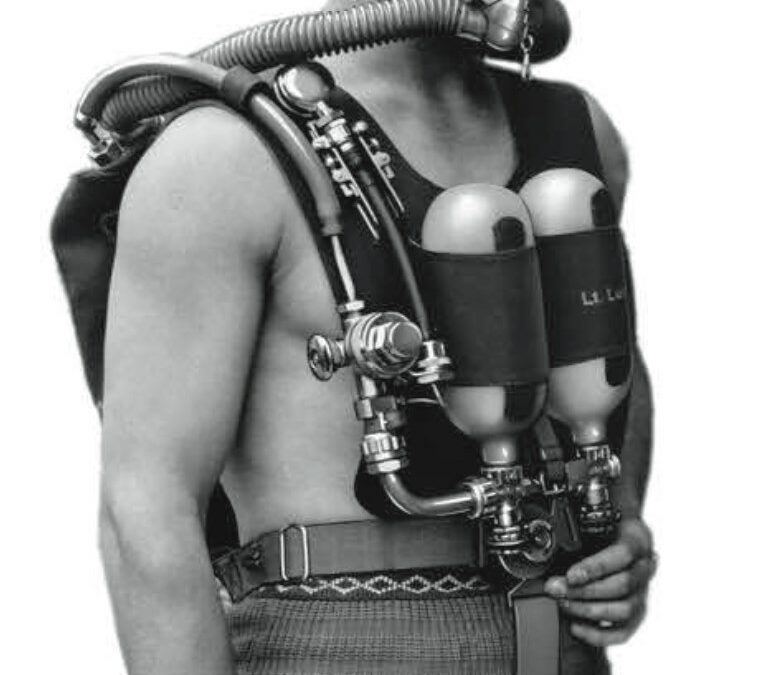
by Jan Willem Bech | Database OX GER
de “Lieutenant Lund“ This fantastic article about the history of the Lt Lund I and Lt Lund II rebreather is written and published by Helmut Knüfermann. It is with great pleasure that I am able to offer the readers of my website this fantastic story thanks to...
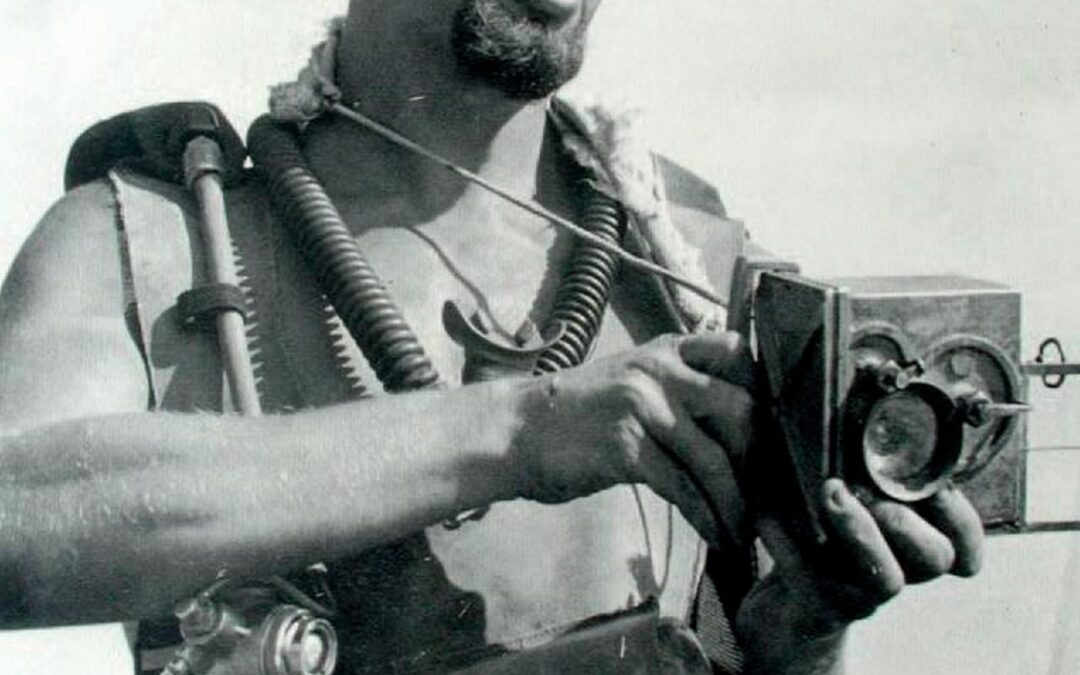
by Jan Willem Bech | Database OX GER
de This article was written in 2020 by Michael Müller resident of Germany. It is therefore with pleasure that I received permission from him to translate his original article written in German and publish it on my website! Author: Michael Müller2020 A technically...
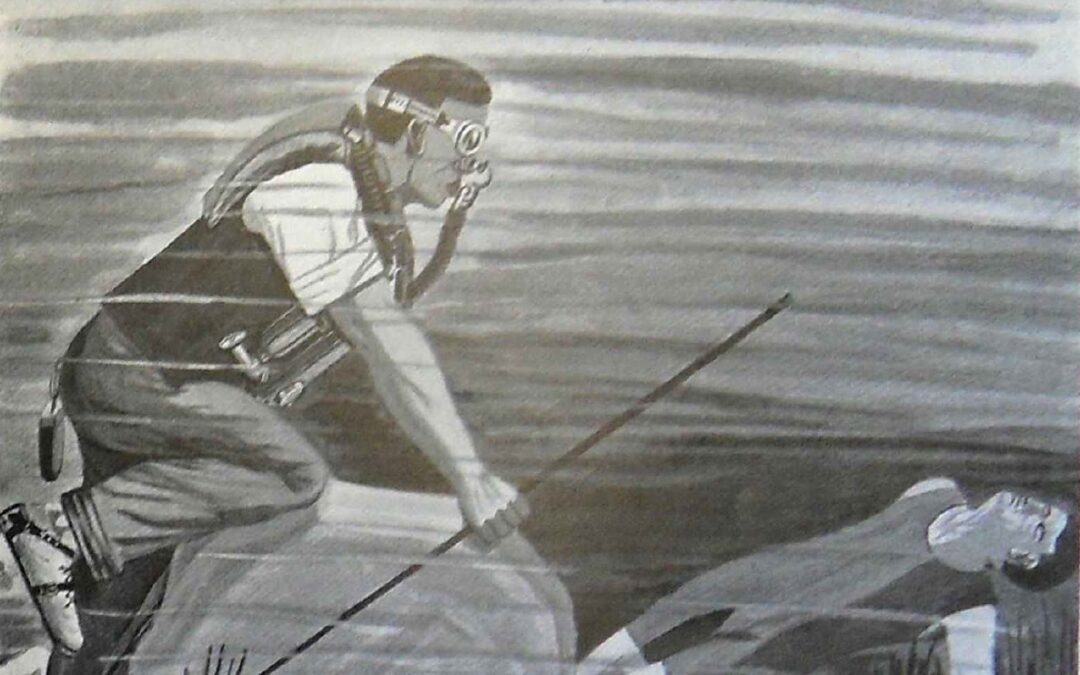
by Jan Willem Bech | Database OX GER
de Rettungsgerät für ertrunkene Schwimmer In 1926, Dräger introduced the Bade-tauchretter 1926 rescue device. The device is the successor to the very early introduced device Baderetter 1913 of which, unfortunately, no information can be found. It was supposedly...
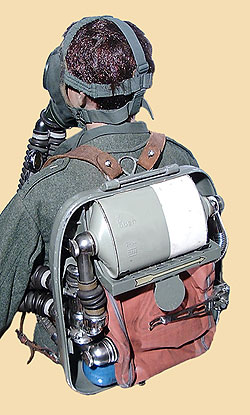
by Jan Willem Bech | Database OX GER
de Dräger Heeresatmer War Machine of the Second World War This comprehensive page deals with the Heeresatmer or translated as the breathing apparatus of the army. The breathing apparatus was developed between 1934 and 1936 through a collaboration between Auer and...
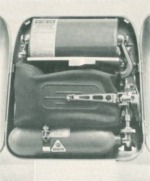
by Jan Willem Bech | Database OX GER
de Dräger model BG 172 The successor to model BG 170-400 The Dräger device model 172 was designed by Dräger in 1956. BG stands for Bergbau – Gerät. The breathing apparatus features a lever that activates a metering valve at a certain point during inhalation. The...
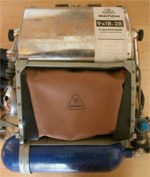
by Jan Willem Bech | Database OX GER
de Dräger model BG 174 The successor to model BG 172 The BG-174 oxygen protection device is a back-portable device with a semi-open design. It replaced the devices of the Dräger model BG-170/400 and model BG 172 series. Approval 1966Design 1963 Manual BG...
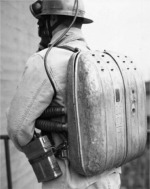
by Jan Willem Bech | Database OX GER
de Dräger model BG 170-400 The successor to model BG 160 The Dräger BG 170/400 is a special breathing device for miners. It lets them breathe fresh gas even in dangerous environments because it recycles the gas they exhale. Unlike older models like the BG 1924 and BG...
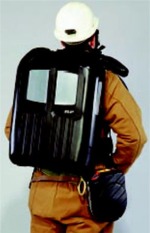
by Jan Willem Bech | Database OX GER
de Dräger model BG4 The successor to model BG174 The BG 4 closed-circuit breathing apparatus is a regeneration device with a pure oxygen supply in a pressurized design. The low positive pressure in the entire breathing circuit prevents the penetration of harmful...
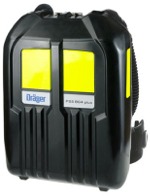
by Jan Willem Bech | Database OX GER
de Dräger model BG PSS Plus The successor to model BG4 See detailled information on the Dräger websites
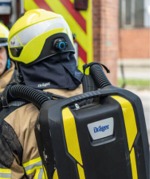
by Jan Willem Bech | Database OX GER
de Dräger model BG PRO Air The successor to model BG PSS Plus See for detailled information the Dräger Websites
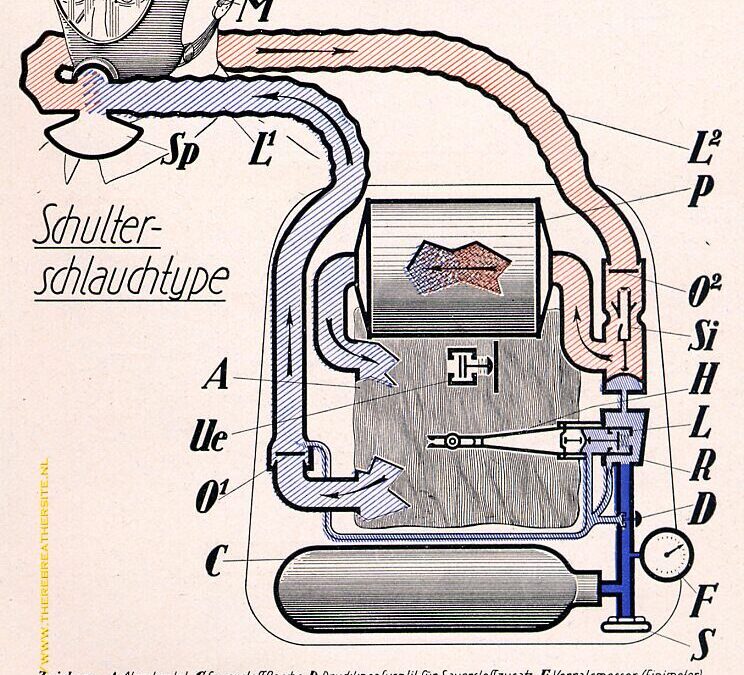
by Jan Willem Bech | Database OX GER
de Dräger model BG 160 A The successor to model BG 130 The Dräger device model 160 was designed by Dräger in 1933. The device was launched on the market in 1934. BG stands for Bergbau – Gerät. The breathing apparatus features a lever that activates a metering...
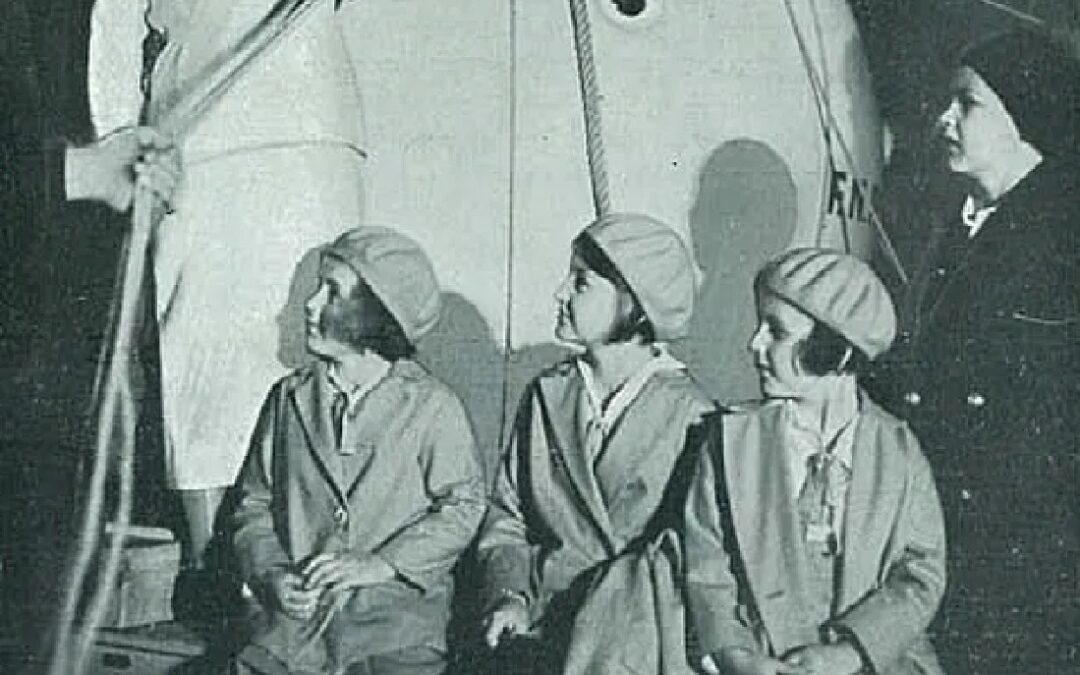
by Jan Willem Bech | Database OX GER
de Dräger lifesupport system in Auguste Piccard balloon 1931 German contribution by Dräger to the Piccard 1931 balloon flight The exploration of the upper regions of Earth’s atmosphere commenced in the early 20th century. This particular area exhibits...
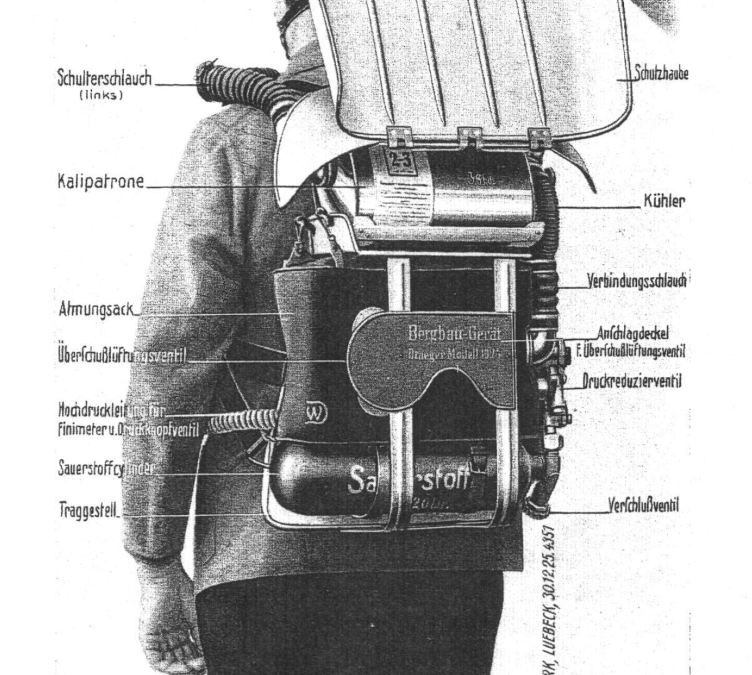
by Jan Willem Bech | Database Oxygen Rebreathers, Database OX GER
The long-actuated 1924 Bergbaugerät succeeded the 1923 model. The breathing apparatus has similarities with the 1924 HSS gerat, which was developed for military purposes and was carried lower on the back. The casing is also different. The housing of the Modell 1924...
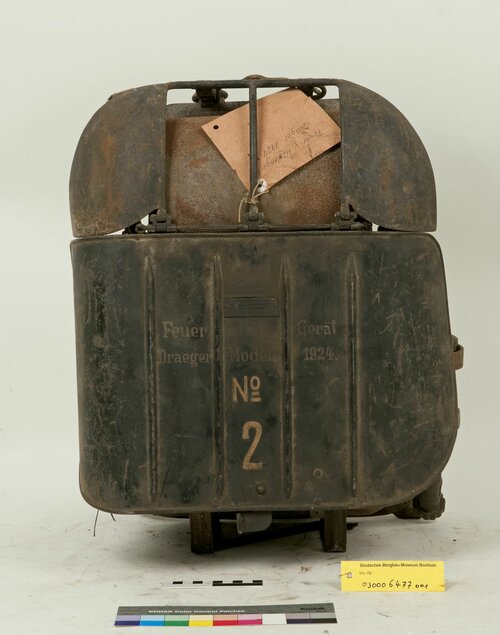
by Jan Willem Bech | Database Oxygen Rebreathers, Database OX GER
The back-mounted fire and rescue unit was developed by Dräger in 1924. It was used to fight fires for civilian purposes and in the mining industry. Further information on this device is required in addition to this datasheet. Courtesy: Deutsches Bergbau-Museum Bochum,...
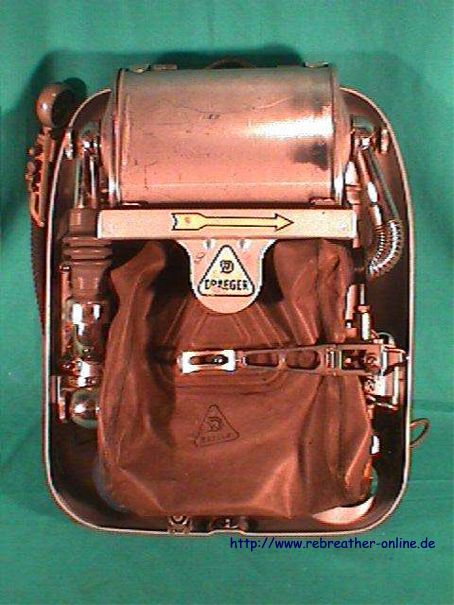
by Jan Willem Bech | Database Oxygen Rebreathers, Database OX GER
Dräger Sauerstoff Klein Gasschützgerät Modell KG210 KG stands for ‘Klein Gasschutzgerät’ and was developed between WW1 and WW2. The model KG2100 was the successor to model KG1928 and was produced in large numbers. It was designed for civil defence and fire...
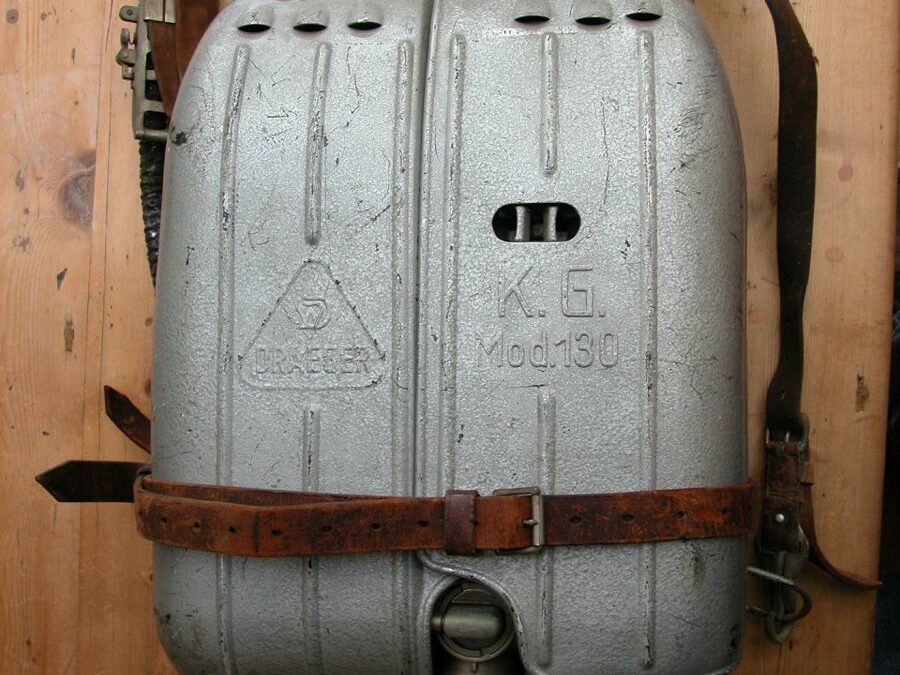
by Jan Willem Bech | Database Oxygen Rebreathers, Database OX GER
Dräger Sauerstoff Klein Gasschützgerät Modell KG130 KG stands for ‘Klein Gasschutzgerät’ and was developed between WW1 and WW2. The model KG130 was the successor to model KG1928 and was produced in large numbers. It was designed for civil defence and fire...

by Jan Willem Bech | Database Oxygen Rebreathers, Database OX GER
KG stands for ‘Klein Gasschutzgerät’ and was developed between WW1 and WW2. The model KG1928 was the basis for a successful series of KG 130 and KG160. The KG130 was widely used for gas protection which, with WW1 still in mind, was considered a major...
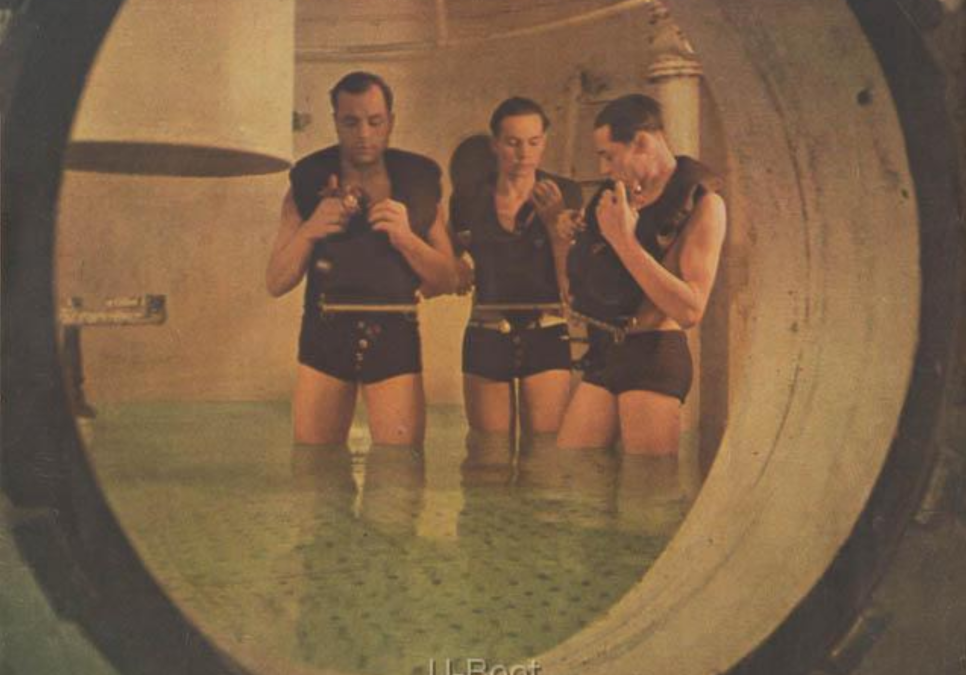
by Jan Willem Bech | Database Oxygen Rebreathers, Database OX GER
The development of the Tauchretter After the French submarine Farfadet sank in 1905, followed by the Pluvoise and the German U3 in the German Bight, it was decided in Germany to develop rescue equipment for submarine crews. This resulted in the development of the DM1,...

























